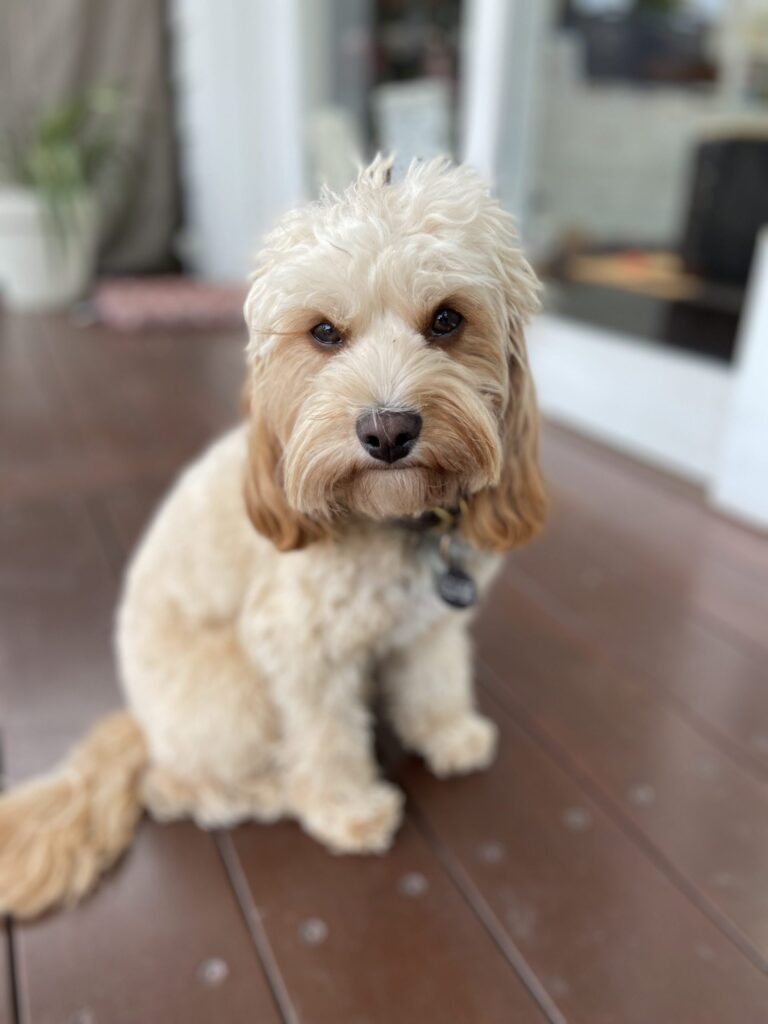Fire burn care for cats and dogs

Fire burns are affecting many pets in and around fire affected areas. Burns can affect anywhere on their body, but a particular area of concern are their paws. The best treatment plan for your pet will vary with each individual case – and the extent of the burn.
In an ideal situation these pets will go straight to the local veterinarian. It is critical to get pets with burns veterinary treatment as quickly as possible.
Whilst minor burns require less intensive treatment and can heal within a week, major burn wounds need intensive treatment from your local veterinarian and this needs to be started as early as possible – this may include intravenous fluid therapy to counter shock and fluid loss through the damaged skin, strong pain relief as burns are painful, appropriate antibiotics as they typically become infected, surgical debridement of dead tissue so that healing can occur, and then ongoing wound care and bandaging. Severe wounds can take months of treatment to recover.
Sadly, as we are seeing in many communities who are cut off, early access to a veterinarian is not necessarily possible. For these cases here are some tips for first responders to help the best they can until Veterinary help can be accessed for their pets:
#1 Initial Check
Use appropriate measures so that you are not bitten – remember these animals can be very stressed and in pain.
Eye irritation from smoke is common and do a nose to tail check (including bottoms of paws) for abrasions and injuries – rinse the eyes (you can also apply sterile artificial tears).
#2 Cooling
Within two hours of a minor burn, cooling can really help.
- If running water is available you can rinse the affected area in cold water for thirty (30) minutes.
- In many cases running water is not available or viable, so here you can immerse the affected area in a bucket of cold water (you can add some ice to make the water cool but NEVER apply ice to the affected area as this can cause more damage).
- Areas affected that can’t be immersed in water, you can use cold compresses, changing as frequently as possible to keep the area cool and wet for thirty (30) minutes.
#3 Initial infection prevention and wound protection
Cleaning and dressing takes place daily, every two days at most initially. As above – it’s essential that you use appropriate measures so that you are not bitten.
- Lavage the wound. Use tap water if possible to get all of that dirt and debris off. Although not sterile it’s okay to use tap water for this. Once most of the contamination is removed we can use sterile saline later on.
- Apply a topical antibacterial cleaner such as Povodine-iodine solution that has been diluted in water to 1% to make it the colour of weak tea, or Chlorhexidine solution diluted to 0.05%. Don’t use Dettol – it can cause more damage.
- After the area is cleaned, other topical agents may be applied to reduce chance of infection – prescription medication from your Vet is best for this (Silver Sulfadiazine) – if there is no access to your local veterinarian, medical grade (Manuka) honey which also has anti-bacterial activity and can have local anti-inflammatory effect can be used.
- Bandage. Apply a non-adherent dressing that covers the whole wound. It must not stick to the sore area, and it must not be tight as to put pressure on the burnt area. You can apply gauze that has soaked in saline first, then some padding, finally Vetwrap on the top. The bandage will need to be changed once daily.
#4 Exercise restriction, love and care
Rest, nutrition, hydration and feeling they are loved and in a safe, warm, clean space. Keep your pet indoors in as hygienic conditions as possible. They may not be easily mobile, make sure they are not sitting in their urine or faeces.
If you are not able to gain access to your local vet, you can further discuss burn care with one of our Aussie vets 24/7 by clicking HERE